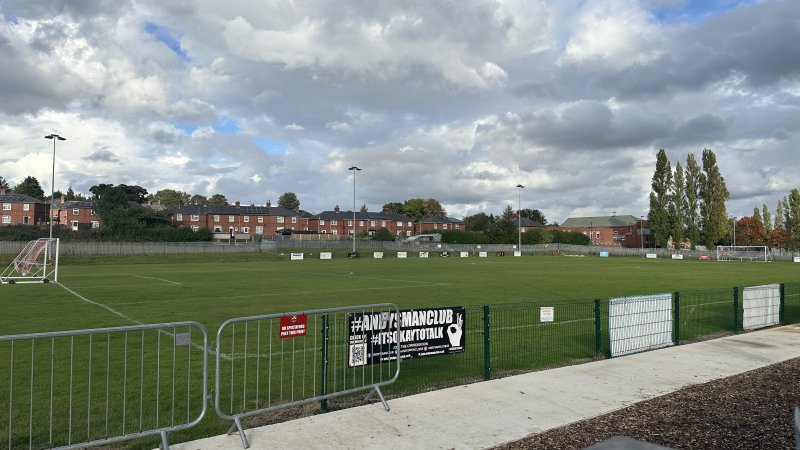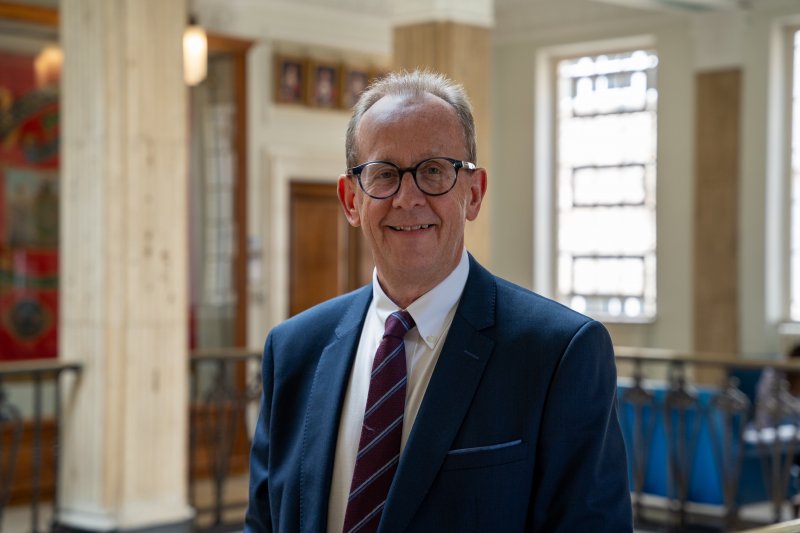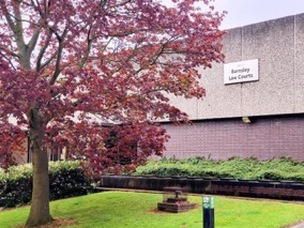A LANDMARK project which set out ambitious aims to get more than 2,000 people back into work in Barnsley over the next three years will be rubber-stamped by ruling cabinet members next week.
The Pathways to Work Commission set out the need for a ‘major shake-up’ of the benefits system.
At a cost of £10m, it’s expected to generate almost £70m in economic benefits to 2028.
The scheme includes those who are currently out of the labour market due to disability, poor health, or caring responsibilities, as well as early retirees, students and those whose illness or disability means they cannot work.
Cabinet members will sign off on the scheme which has been spearheaded by the Rt Hon Alan Milburn, who was an MP between 1992 and 2010.
Mr Milburn, chair of the commission, said: “Our labour market recovery following the Covid pandemic has been worse than every other major country.
“For all the much-hyped talk of a future where jobs are eaten by advances in technology, right now we simply don’t have the workers with the right skills to expand our economy.
“Or rather we do, we just haven’t been looking in the right place for them.
“For too long there has been an assumption that the labour force would just grow naturally, but Britain’s population is ageing and more people are deciding to retire earlier or work less.
“But here is the good news: this is a huge pool of unused talent.
‘The research undertaken for this report suggests that seven in ten people who are currently economically inactive would like to take a job that is aligned to their skills, interests and circumstances.
“I would like to thank my great team of fellow commissioners and the support we have received from our excellent Barnsley Council secretariat.”
Almost two years ago, council leader Sir Steve Houghton ‘had the foresight’ to see that the issue would shoot up the public policy agenda, according to Mr Milburn.
The report - which will be discussed on Wednesday - suggests up to 28,000 out-of-work residents are missing out on the chance to work, although there are currently 4,000 vacancies on average.
“This commission was established to find the people of Barnsley a pathway into work,” Mr Milburn added.
“In many ways Barnsley is a symbol for what has happened over the last four decades in Britain.
“In the 1980s Barnsley and South Yorkshire were on the frontline of the national tragedy of mass unemployment as pit closures in the region decimated local communities.
“Today, Barnsley’s unemployment rates are below national and regional averages so much progress has been made in revitalising the local economy.
“But more young people in Barnsley have no qualifications than elsewhere and there are fewer of them coming into the local labour market over the next few years than the numbers of older workers who will be leaving.
“This is storing up trouble for the future; the local employment rate is already significantly below regional and national comparators, mainly driven by the fact that far more Barnsley residents suffer ill-health and disability than in other parts of the country.
“In this regard Barnsley epitomises the labour market problem Britain faces.
“In Barnsley, this commission has been struck by a genuine appetite - among policy makers, employers, public agencies, charities and citizens - to do everything possible to provide fairer opportunities for all residents to enjoy the social, personal and financial benefits of paid employment.
“The opportunity exists in Barnsley to innovate new solutions that are aligned to the proposed changes in public policy this report proposes.
“We have worked with Barnsley Council and the South Yorkshire Mayoral Combined Authority to develop a local pilot for a new form of employment support in Barnsley starting in spring 2025 to help people who are economically inactive into sustained employment by 2028.
“We estimate the total cost over four years will be £10.8m but if successful the financial benefit of placing economically inactive Barnsley residents into work will be substantial.
“The individual gains through improved wellbeing and income from employment equate to £39.7m per annum and the locality impact through reduced costs to the public purse and job creation equate to £28.8m per annum.”
Figures show that 27 per cent of the working-age population in the town are not in work - with the main barrier cited as ‘ill health’.
Whilst the unemployment rate in Barnsley is lower than the national average at 2.9 per cent, these are people who are actively looking for work.
Council leader Sir Steve Houghton praised the report.
He added: “I’d like to thank Alan Milburn for this incredibly detailed report which I firmly believe is of national and historic importance.
“There is no ‘one-size-fits-all’ solution and understanding the variety of barriers with a far more personalised approach is key to tackling the problem.
“As well as supporting individuals we need to support business to change.
“Many of the people we have met have complex needs and challenges.
“If they are to work, the ways they are recruited and employed will have to change and be flexible.
“Rather than simply bemoan our bad fortune we began to rethink and renew Barnsley and to try to create a different future.
“Our purpose, our thinking and our attitudes all had to change
“It took us almost 15 years to return our economic output to that we enjoyed when the coal industry was functioning but of course by that time the world had moved on.
“But we are in truth still a ‘catching-up economy’, in particular we still have a legacy of ‘worklessness’ or ‘economic inactivity’ which is hard to shift.
“On the face of it we are doing quite well as, for the first time in 30 years, our headline unemployment rate is down to 2.9 per cent and we have more job vacancies than people actively seeking them.
“But the underlying picture tells a different story as we have 27 per cent of our adult population not in employment.
“We believe at least some £8bn per year could be saved for the exchequer.
“It gives ourselves in Barnsley and South Yorkshire an opportunity to deliver our economic aspirations and to change the lives of some of our most vulnerable residents.”






























